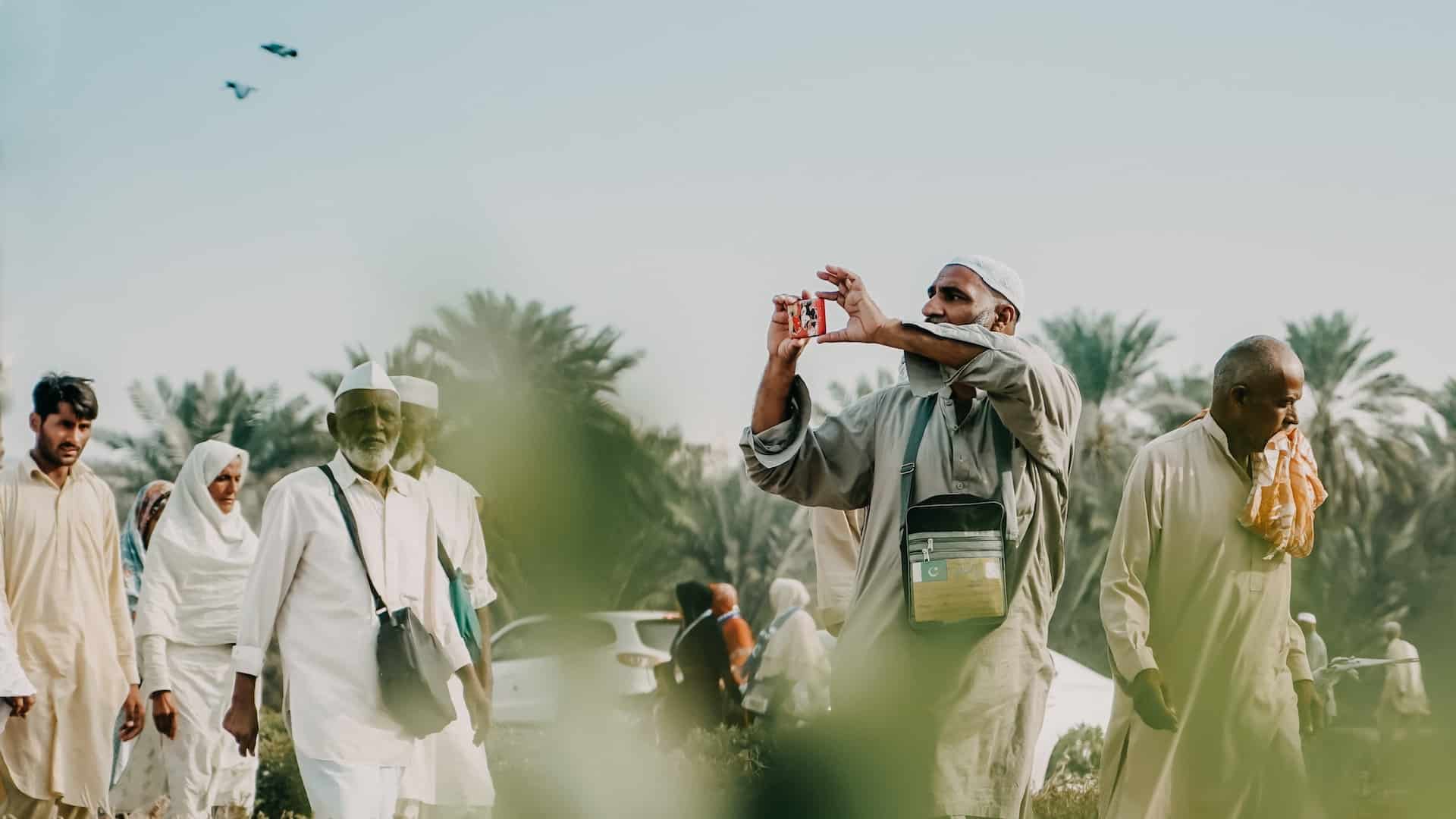Over two thousand pilgrims braved the crippling heatwave stress during this year’s hajj, as per Thursday’s reports from Saudi officials. The temperatures had surged to an excruciating 48°C in the apex of the Saudi desert summer, as around 1.8 million Muslim worshippers participated in the days-long outdoor event.
This year, a significant number of elderly participants were observed, since the age ceiling, which was previously introduced during the Covid era, was removed. Approximately 1,700 instances of heat stress were logged on Thursday, according to the Saudi officials. This is in addition to the 287 cases that were reported prior.
The health ministry of Saudi Arabia has advised people to avoid direct sun exposure and ensure sufficient hydration. “As of today, we’ve recorded 1,721 cases of heat stress,” the ministry commented.
While no specific death toll was disclosed by the officials, independent data from various countries suggests that at least 230 pilgrims died during the hajj. A notable portion of the deceased were Indonesian citizens, with the country’s consul general reporting 209 Indonesian casualties.
Eko Hartono, the consul general of Indonesia, refuted the idea that these fatalities were predominantly due to heat stroke. “Most causes of death were related to cardiac and respiratory conditions,” Hartono stated. However, he conceded that some pilgrims had indeed fainted due to the intense heat.
Among the victims, Iran’s oldest pilgrim, who was 114 years old, died of a heart attack, according to Iran’s semi-official Fars news agency. Other countries, including Algeria, Morocco, and Egypt, have also reported casualties.
Heart-related health emergencies were rampant, with several individuals, including a 78-year-old Filipino man, undergoing successful open-heart surgery in Mecca, as reported by the health ministry.
However, it is believed that the actual number of heat stress cases, which encompass heatstroke, exhaustion, cramps, and rashes, may be significantly higher. Many sufferers may have opted not to seek hospital or clinic assistance.
Heat-related struggles were conspicuously common, especially post the day-long outdoor prayers at Mount Arafat. Instances of overheating phones shutting down and scarcity of shade were reported.
Historically, the hajj has been marred by calamities like crowd crushes and militant attacks, but this year, the scorching temperatures posed the most significant challenge. In response, the kingdom deployed thousands of paramedics and established field hospitals to manage the risk.
In the face of an escalating climate crisis, the United Nations’ intergovernmental panel on climate change warned in 2021 that parts of the Gulf could become uninhabitable by the century’s end due to global warming. Experts predict that gruelling summer temperatures reaching 50°C could become an annual phenomenon in the region by the close of the century.
Image Credit: Afif Ramdhasuma on Unsplash



















